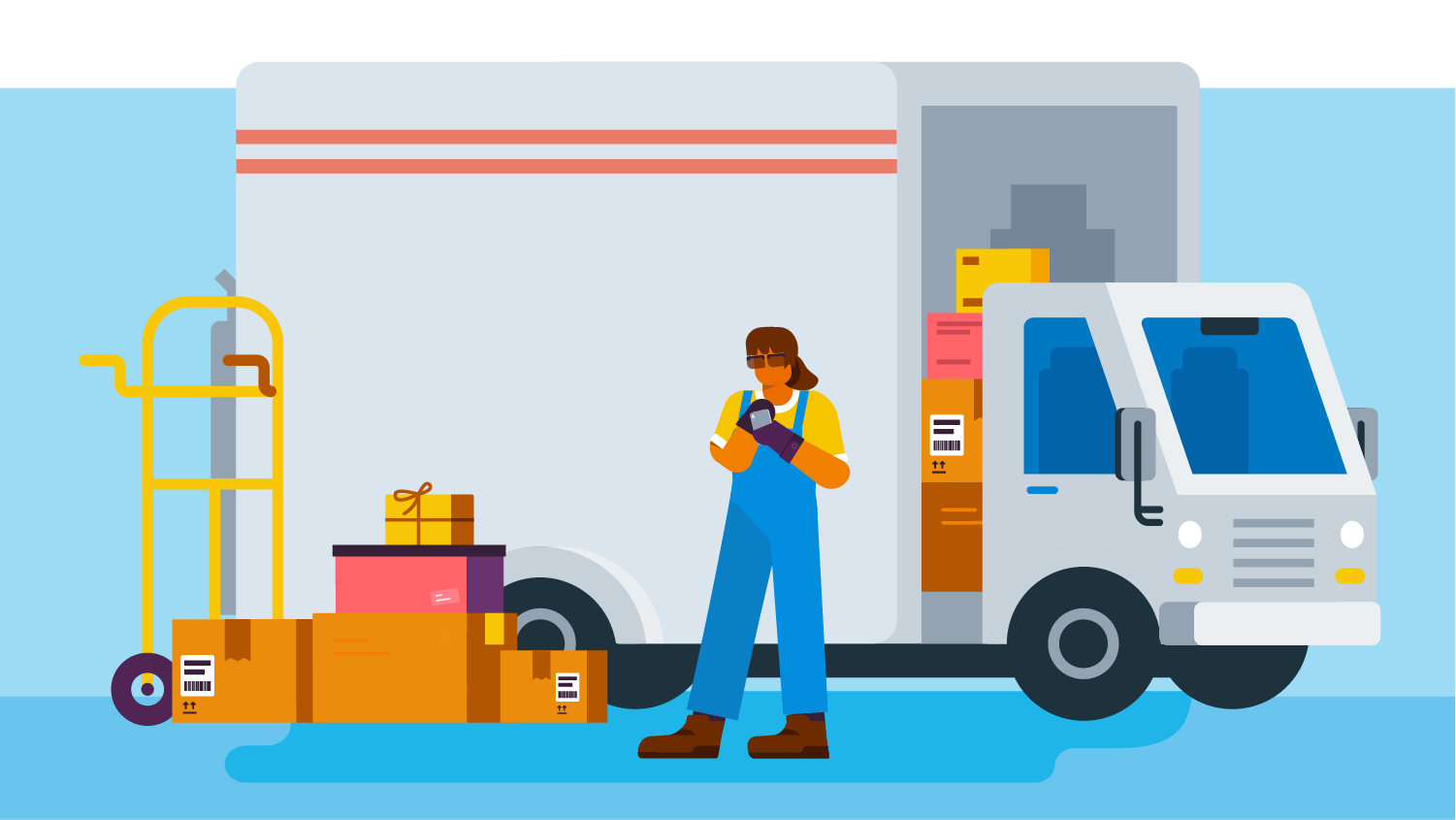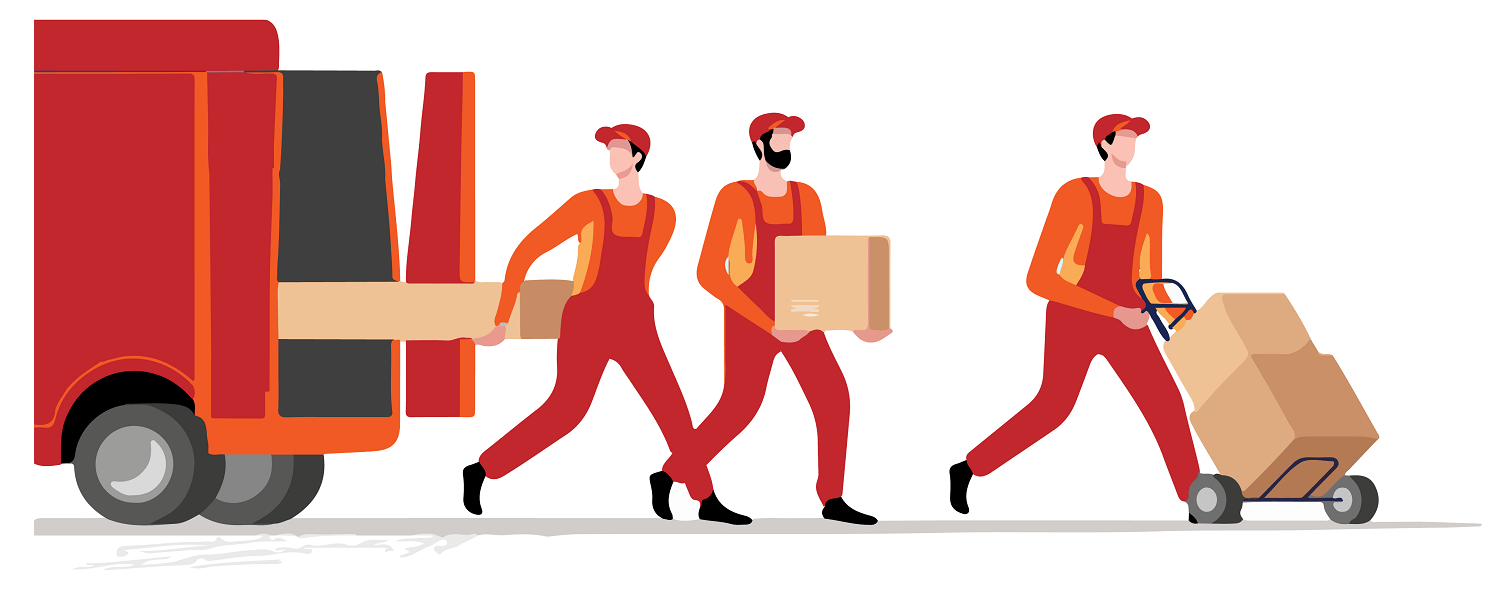Movers That Wrap Furniture: Leading Suggestions for Selecting Expert Movers
Movers With Lifting Equipment: Professional Moving Professionals Can Assist Make Your Shift Smooth And Worry-free
History and Advancement of Moving Providers
The Dawn of Moving: From Muscle to Makers
Photo this: a handful of strong males hauling heavy trunks on wood carts, navigating cobblestone streets with sweat and decision. Before the modern-day moving market took shape, moving was a brutal, labor-intensive task. In ancient times, moving typically meant counting on large physical strength and fundamental tools. The absence of specialized services suggested households and merchants had to coordinate every detail themselves, typically risking damage or loss.
Isn't it fascinating how necessity fuels development? As cities expanded and commerce grew, the requirement for efficient, dependable moving solutions ended up being glaringly apparent. Enter the era of horse-drawn wagons and later on, motorized cars, which revolutionized how personal belongings took a trip from one place to another.
Industrial Transformation: The Catalyst for Change
The 19th century's industrial boom reshaped numerous elements of life, consisting of how individuals moved. Unexpectedly, metropolitan migration rose, and with it, the need for expert movers escalated. No longer was moving a simple chore; it evolved into a specialized service offering:
- Packing knowledge to protect delicate products
- Organized packing strategies making the most of space
- Transport solutions tailored to various distances
This period marked the birth of companies committed entirely to moving, laying the groundwork for today's complex logistics and customer-centric approaches.
Technological Improvements and Their Effect
Can you think of moving without contemporary equipment? The introduction of hydraulic lifts, forklifts, and pallet jacks transformed the industry over night. All of a sudden, movers could manage bulky furnishings and heavy devices with ease, decreasing injuries and enhancing effectiveness.
Moreover, the combination of digital technology stimulated a brand-new wave of development. GPS tracking, online booking platforms, and real-time inventory management have actually ended up being staples in the moving services landscape. These tools not only enhance transparency however also empower customers to remain linked and informed throughout their moving journey.
Secret Milestones in Moving Provider Development
| Age | Development | Significance |
|---|---|---|
| Ancient Times | Manual work and fundamental carts | Structure of moving as a need |
| 19th Century | Horse-drawn wagons and packing services | Birth of expert moving business |
| 20th Century | Motorized trucks and mechanized equipment | Increased performance and scale |
| 21st Century | Digital combination and GPS innovation | Enhanced client experience and logistics |
Reflections on the Journey
Reviewing the development of movers, one might question: how did an easy act of carrying possessions end up being an advanced market? It's a tale of durability, adaptation, and constant improvement. From the sweat-soaked streets of old to the precision-driven operations of today, the history of moving services is as dynamic as individuals who depend on them.
Next time you load a box or employ a mover, think about the layers of history embedded in every action. The journey of movers encapsulates human resourcefulness, changing what was once an overwhelming task into a seamless experience.
Exploring the Spectrum of Moving Services
When the time comes to shift your life from one address to another, the variety of moving services readily available can seem like navigating a maze. Do you require a basic loading and discharging crew, or does your move need the finesse of complete packing and unpacking? Understanding the nuances can conserve hours of aggravation and unexpected expenses.
Typical Types of Moving Providers
- Local Relocations: Developed for movings within a city or city, these services typically operate on a hourly basis, best for brief ranges.
- Long-Distance Moves: Covering moves beyond 100 miles, these need more coordination, from logistical preparation to protect transportation, often priced by weight and range.
- Full-Service Relocations: Movers manage everything-- packing, packing, transferring, discharging, and often even unloading. Suitable for those pressed for time or energy.
- Self-Service Moves: You load and fill your belongings, while the business deals with transportation and discharging. A middle ground offering cost savings and some benefit.
- Specialty Moves: For delicate, large, or valuable products like pianos, antiques, or art work, requiring specialized equipment and expertise.
Expert Tips to Navigate Your Moving Service Choices
- Prioritize Versatility: Select a service that adjusts to unexpected hold-ups or last-minute changes-- stiff schedules can turn a smooth relocation into a logistical problem.
- Examine Insurance Options: Not all moving companies supply the very same level of security. Understanding your protection can prevent distress if something goes awry.
- Demand Detailed Stocks: A precise item list prevents conflicts and guarantees accountability, particularly when dealing with long-distance or specialized relocations.
- Think About Season: Seasonal demand can affect availability and prices. Early reserving throughout off-peak seasons might grant much better service and flexibility.
- Ask About Packing Products: High-quality boxes, bubble wrap, and padding can be the difference in between a scratched treasure and a pristine arrival.
Table: Service Features Compared
| Service Type | Who Loads? | Transport Mode | Normal Rates Model | Suitable For |
|---|---|---|---|---|
| Local Move | Customer or Movers | Truck | Hourly | Short distances, little loads |
| Long-Distance Move | Movers | Truck or Container | Weight & & Range | Cross-state or local relocation |
| Full-Service Move | Movers | Truck | Flat or Weight-Based | Time-sensitive, high-stress relocations |
| Self-Service Move | Customer | Truck or Container | Flat or Hourly | Cost-conscious, hands-on movers |
| Specialty Move | Movers with expertise | Specialized Devices | Custom-made Quote | Fragile or valuable items |
The Unseen Intricacy Behind Each Option
Have you ever wondered why moving appears effortless on television but becomes a waterfall of last-minute choices in real life? The click here truth depends on the complexities of each service type. For example, full-service moves might look like a high-end, however the competence associated with packing delicate heirlooms or dismantling bulky furnishings is a craft sharpened over years. Opting for a self-service move might save money, but it requires an eager understanding of how to pack efficiently-- did you understand that stacking oddly shaped boxes improperly can cause internal moving during transit, damaging fragile contents?
Choosing the best type of moving service is not simply about convenience-- it's about safeguarding your memories and financial investments. What's your relocation's story going to be?

Packing and Moving Techniques
Ever attempted to fit a travel suitcase that just will not close? That's the type of puzzle professional movers fix daily-- however on a much larger scale. The secret lies not in brute force but in strategic placement and intelligent use of area. Packaging isn't merely about stuffing products into boxes; it's an art kind where every inch counts.
Layering for Success
Envision a painter layering colors to create depth. When packaging, start with heavier items at the bottom, then cushion with softer materials like bubble wrap or towels. This prevents damage and makes the most of box stability. Strangely shaped items can slip into gaps, reducing lost area.
- Wrap delicate products separately with tissue or foam to avoid scratches.
- Usage clothes as cushioning-- it's both efficient and eco-friendly.
- Fill voids with packing peanuts or crumpled paper to minimize motion.
Labeling: The Unsung Hero

What good is best packaging if you spend hours searching through boxes? In-depth labeling is a game-changer. Instead of unclear tags like "Cooking area," attempt this approach:
| Label | Description | Concern |
|---|---|---|
| Fragile - Glasses | Handle with care, consists of fragile products | High |
| Essentials - Opening Night | Products required right away after moving | Urgent |
| Books - Research Study Space | Stacked, heavy books | Medium |
Strategic Packing Tips
- Dismantle large furniture and keep screws in labeled bags taped to the pieces.
- Use uniform box sizes when possible-- stacking becomes easier and more secure.
- Do not overpack boxes; weight limits exist for a factor. Goal for 40-50 pounds max.
- Wrap furnishings edges with moving blankets to avoid scratches throughout transit.
- Seal boxes with premium packing tape-- double layers on the bottom are necessary.
Why do some movers swear by a color-coded system? Due to the fact that it gets rid of uncertainty on moving day. Assign each room a color and mark boxes accordingly. This little step can save hours when dumping and unloading.
Packing and moving demand precision-- like a chess video game where every relocation counts. Have you ever observed how some movers manage bulky items effortlessly? They utilize angles and pivot points to navigate tight corners without damage. It's not muscle; it's strategy.
Unseen Battles Behind the Moving Van Doors
Ever seen a team of professional movers carry a grand piano through a narrow entrance and questioned how they pull it off without a scratch? The art of moving isn't just muscle and trucks; it's a delicate dance with unpredictability. Weather can flip from a sunlit true blessing to a torrential hazard in minutes, turning an uncomplicated drive into a logistical labyrinth.
One infamous hurdle is the labyrinthine design of some homes or apartment or condos. Staircases too tight for dollies, entrances narrower than basic boxes, or elevators that barely fit a sofa-- these physical peculiarities demand inventive options on the spot. Movers often turn to unconventional strategies like disassembling furnishings or utilizing customized padding to secure both the item and the residential or commercial property.
Precision Packaging: More Than Just Covering
It's appealing to believe packaging is simply packing boxes, but the reality is a complex puzzle of weight distribution and fragility. Movers must anticipate how products will shift throughout transit-- a miscalculation can imply shattered heirlooms or dented devices. The secret weapon? Strategic layering and utilizing products with particular shock-absorbing qualities.
- Bubble wrap is standard, however alternating it with foam sheets can drastically lower impact damage.
- Heavy items go at the bottom; vulnerable ones nestle on top, cushioned by soft textiles.
- Identifying boxes not just by contents but by managing directions makes sure quicker, safer discharging.
Another less spoke about pressure is the psychological toll. The clock ticks relentlessly, and every delay ripples through tight schedules. Staying calm amidst chaotic last-minute changes requires psychological dexterity and team synergy.
Traffic Congestion and Timing: The Invisible Opponents
| Challenge | Expert Method | Impact |
|---|---|---|
| Urban blockage | Route optimization apps and flexible scheduling | Minimizes hold-ups and fuel usage |
| Parking constraints | Pre-arranged licenses or tactical parking nearby | Prevents fines and time loss |
| Unpredictable weather | Water resistant coverings and contingency strategies | Preserves the condition of products and devices |
Do you truly understand what it requires to keep a moving day on track? It's not practically strength or endurance; it's about insight, flexibility, and a deep understanding of every piece of the puzzle. The next time you see movers at work, keep in mind: behind that smooth operation lies a series of calculated maneuvers and fast thinking that couple of ever notice.